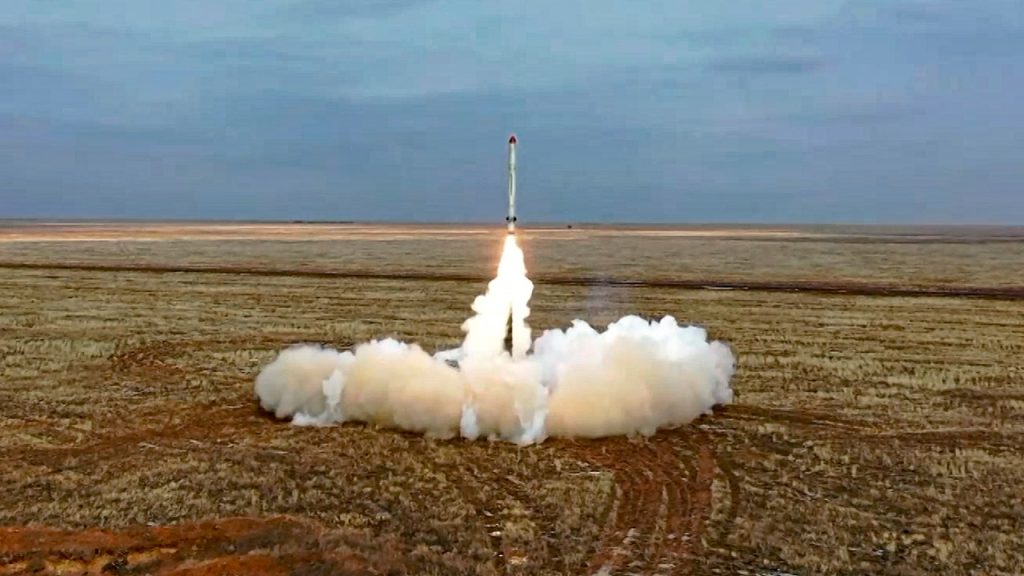Belarus recently initiated drills involving missiles and warplanes, including those capable of carrying tactical nuclear weapons, in response to heightened tensions with the West over Ukraine. Russia, a close ally of Belarus, has also deployed similar weapons in the region. These drills follow Russia’s announcement of plans to conduct exercises simulating the use of battlefield nuclear weapons, which it described as a response to perceived provocative comments from Western officials regarding the conflict in Ukraine. This marked the first time Moscow had publicly announced such an exercise.
Belarus’ Defense Minister Viktor Khrenin confirmed the participation of a unit of Iskander short-range missiles and a squadron of Su-25 fighter jets in the joint drills with Russia. These maneuvers come as Russian President Vladimir Putin was inaugurated for a fifth term, with a focus on ensuring Russia’s security. Last year, Russia moved tactical nuclear weapons into Belarus, emphasizing that they remain under Russian military control. This deployment allows for easier and quicker access to potential targets in Ukraine and neighboring NATO members, demonstrating Russia’s ability to target countries in Eastern and Central Europe.
Tactical nuclear weapons, unlike intercontinental ballistic missiles, are intended for use against troops on the battlefield and are less powerful. They include aerial bombs, warheads for short-range missiles, and artillery munitions. Belarusian President Alexander Lukashenko has stressed that the Russian nuclear weapons in his country are for defensive purposes, aimed at deterring aggression against Belarus. The drills involve the delivery of these weapons from storage to military units where they will be mounted on missiles and attached to warplanes, with missile units practicing covert deployment to firing positions.
In light of the drills and the presence of Russian nuclear weapons in Belarus, opposition leader Sviatlana Tsikhanouskaya, who was forced to leave the country after contested elections, expressed concerns about the security implications. She met with NATO Secretary General Jens Stoltenberg to discuss the issue, pointing out that nuclear weapons turn Belarus into a potential target and pose a direct threat to European citizens. Both Putin and Lukashenko have framed the deployment of the weapons as a response to perceived Western threats, highlighting the defensive nature of the exercises.
The joint drills between Belarus and Russia come amid ongoing tensions in the region, particularly in relation to the conflict in Ukraine. With Belarus serving as a staging ground for the war, the inclusion of tactical nuclear weapons in the drills underscores the strategic importance of the region. The exercises involving missiles and warplanes capable of carrying such weapons reflect the readiness of both countries to respond to potential threats and demonstrate their military capabilities. The drills aim to simulate a coordinated response to any aggression against Belarus, while also showcasing the alliance between Belarus and Russia in addressing regional security challenges.
Overall, the deployment of tactical nuclear weapons in Belarus and the joint drills with Russia signal a significant shift in the regional security landscape. The presence of such weapons highlights the complex geopolitical dynamics at play in the region and raises concerns about the potential escalation of tensions. The defensive nature of the exercises, as framed by Lukashenko and Putin, serves to underscore the perceived threats faced by both countries from Western adversaries. As the drills unfold, the international community will be closely monitoring the situation and assessing the implications for regional stability and security in Eastern Europe.


